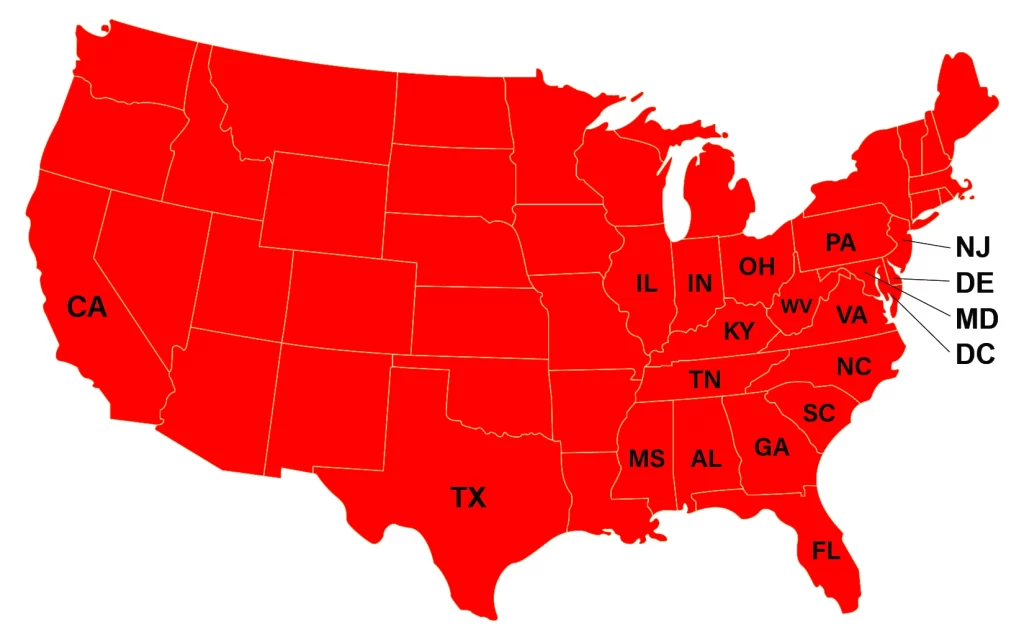Modern-day cases have seen increasing use of video evidence in courts with the rising popularity of CCTV cameras and smartphones. Presenting video-based evidence in court can be a powerful tool to win a case, but it requires careful planning and attention to detail. Furthermore, video-based evidence must be presented, fulfilling legal requirements.
Here’s our guide to presenting video evidence in court:
1. Knowing the rules
Firstly, it is vital to know the rules of evidence through which a court determines the admissibility of evidence. These rules might change from one jurisdiction to another and must be considered when submitting video evidence. Generally, the relevancy, reliability, and silent witness theory are vital factors that a court considers while assessing video evidence. It is best to contact an attorney or a court desk to determine legal requirements.
2. Preparing video
Once you have complied with the legal requirements, it is crucial to prepare the video to ensure the jury, people in the court, and an opposing attorney can see and hear the video. Preparing video may include trimming or removing irrelevant sections, hiding faces or bodies of innocent bystanders, and blurring number plates of vehicles not part of a case. Nevertheless, some courts do not accept edited videos. Thus, it is good practice to submit or play original videos in the courtroom.
3. Introducing video
It is always beneficial to introduce the video by establishing its authenticity, reliability, and relevancy before the court. Since video evidence is subjected to scrutiny due to collection, the intent of use, and other challenges, it is best to arrange a witness that can testify to the origin and validity of the video.
4. Presenting the video
When presenting the video, make sure it is visible and audible to the judge, jury, and opposing counsel. Use a large screen or projector to ensure everyone can see the video clearly and adjust the volume to a comfortable level. Pause the video at key moments to highlight important details and provide context for the footage by describing the time, location, and individuals involved.
5. Transcribing video
Another tip that can improve your chances of winning a case by presenting video evidence is transcribing the video. Transcribing is the practice of annotating speech in the text to help people understand the content. Since a video cannot be audible and visible to everyone, transcribing helps them know what is being said. Furthermore, transcribing helps identify accurate quotes for legal arguments, improves preparation for cross-examination, and improves efficiency in reviewing evidence.
By following the tips above, you can increase the likelihood of winning a case based on video evidence as solid proof. With that being said, it is essential to consider the legal requirements of your jurisdiction and avail of legal services to avoid any inconvenience.
JP Investigative Group’s Charlotte, NC, private investigator offers results-driven private investigations
Licensed in 18 states, JP Investigative Group can offer you accurate, fast results on your case.
Give their best private investigator nc a call now for more information!



